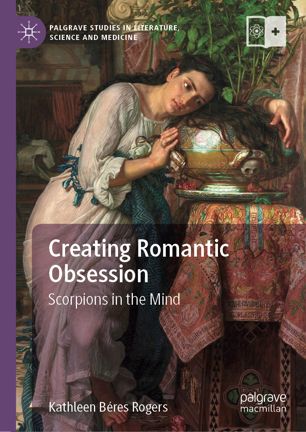

Most ebook files are in PDF format, so you can easily read them using various software such as Foxit Reader or directly on the Google Chrome browser.
Some ebook files are released by publishers in other formats such as .awz, .mobi, .epub, .fb2, etc. You may need to install specific software to read these formats on mobile/PC, such as Calibre.
Please read the tutorial at this link: https://ebookbell.com/faq
We offer FREE conversion to the popular formats you request; however, this may take some time. Therefore, right after payment, please email us, and we will try to provide the service as quickly as possible.
For some exceptional file formats or broken links (if any), please refrain from opening any disputes. Instead, email us first, and we will try to assist within a maximum of 6 hours.
EbookBell Team

4.8
64 reviewsMost of us have, at one time, been obsessed with something, but how did obsession become a mental illness? This book examines literary, medical, and philosophical texts to argue that what we call obsession became a disease in the Romantic era and reflects the era’s anxieties. Using a number of literary texts, some well-known (like Mary Shelley’s 1818 Frankenstein and Edgar Allan Poe’s 1843 “The Tell Tale Heart”) and some not (like Charlotte Dacre’s 1811 The Passions and Charles Brockden Brown’s 1787 Edgar Huntly), the book looks at “vigilia”, an overly intense curiosity, “intellectual monomania”, an obsession with study, “nymphomania” and “erotomania”, gendered forms of desire, “revolutiana”, an obsession with sublime violence and military service, and “ideality,” an obsession with an idea. The coda argues that traces of these Romantic constructs can be seen in popular accounts of obsession today.